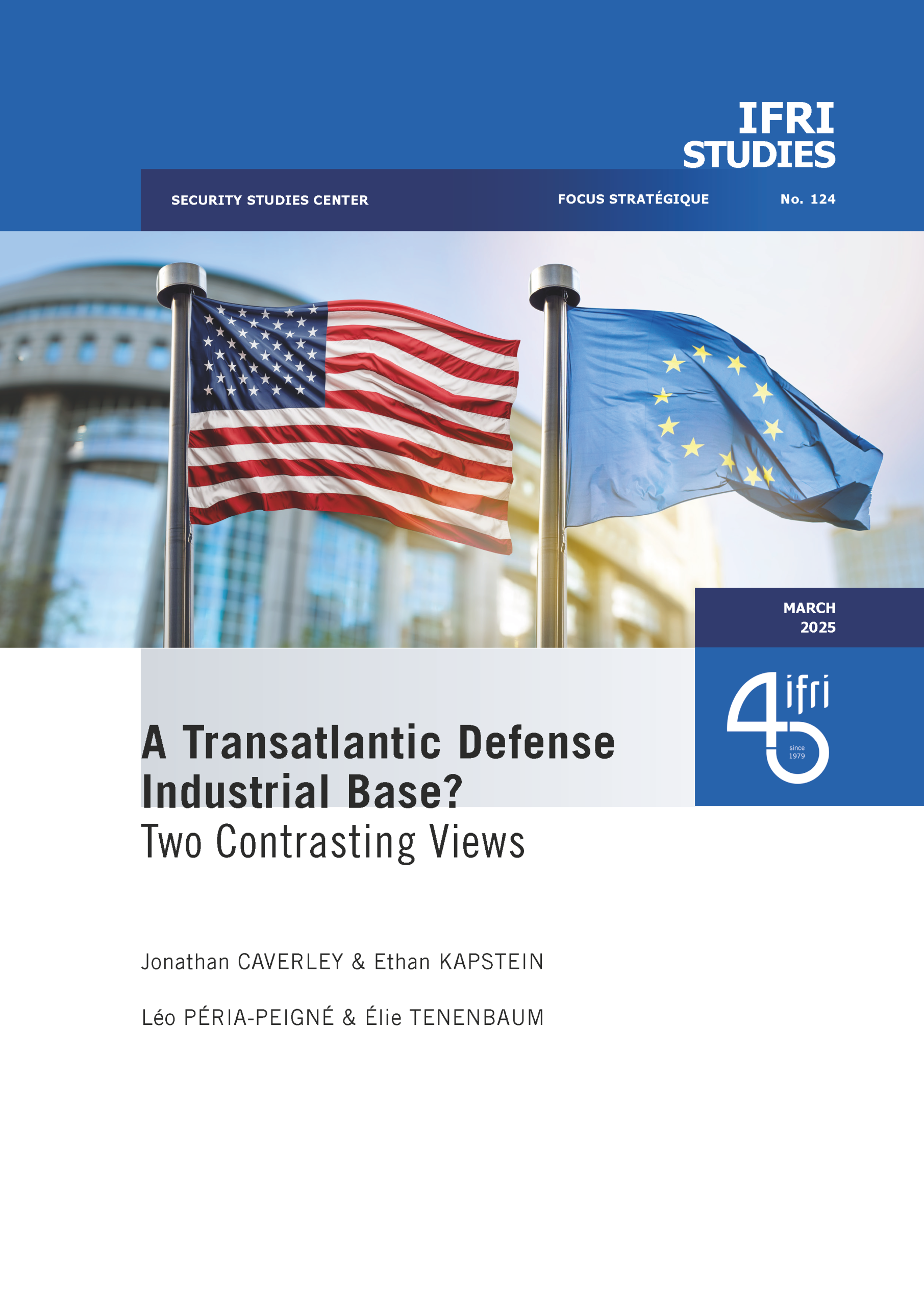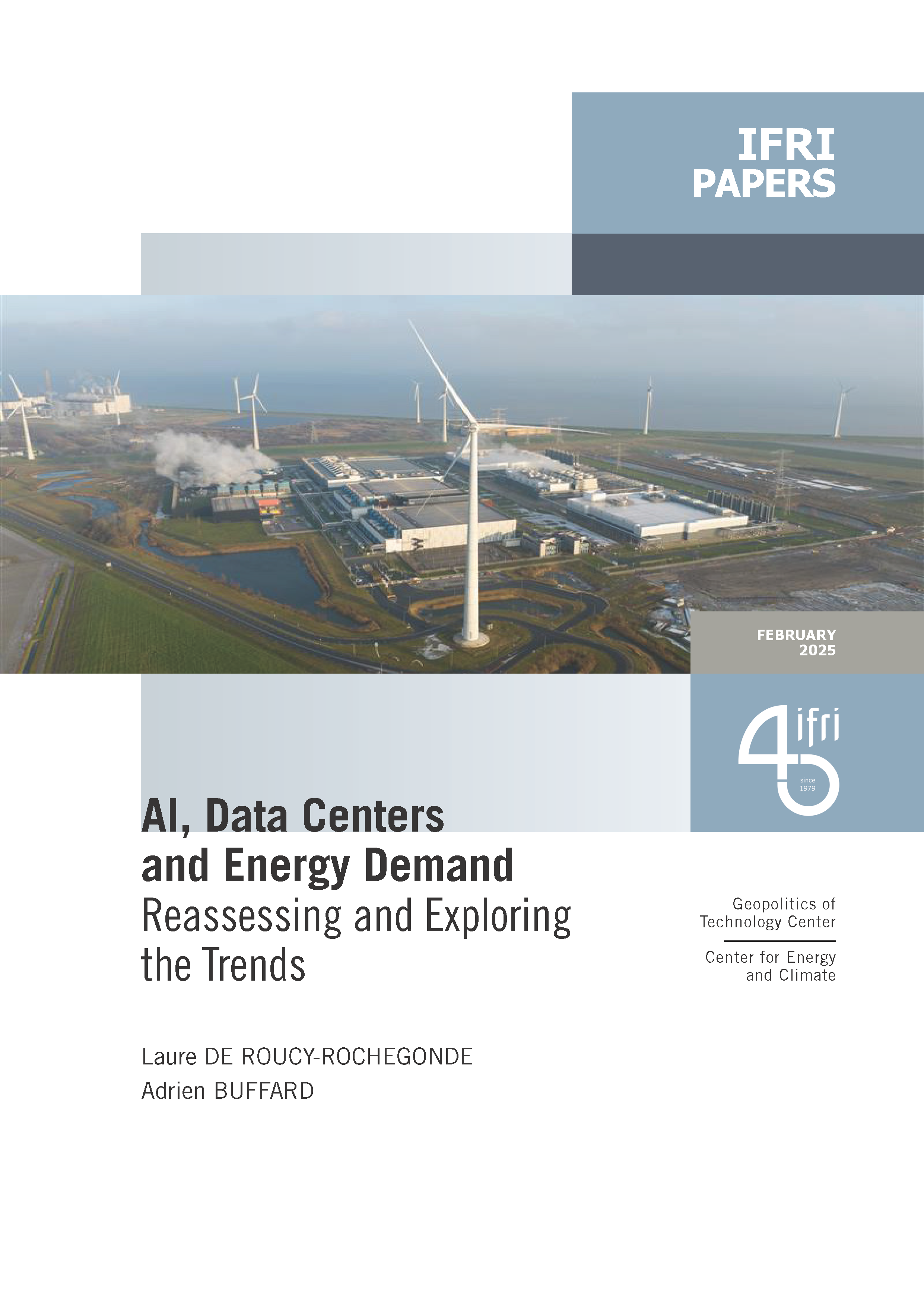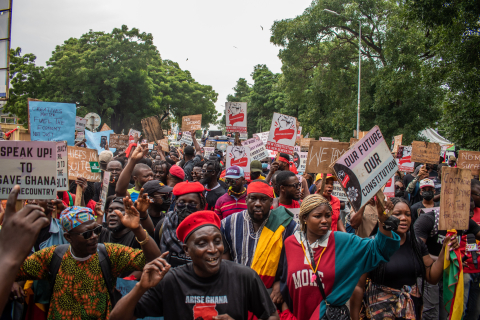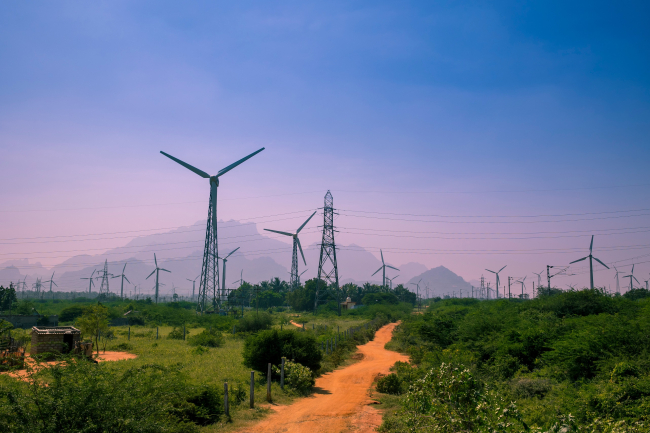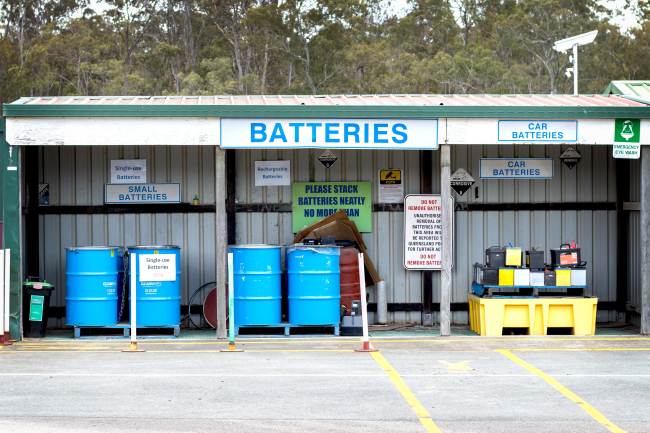Protecting Nuclear Installations: The difference between industrial safety and national security

There is a gritty public debate going on in Europe about what threats should be considered in conducting stress tests on existing nuclear power plants or in establishing safety criteria for new build nuclear power.
The catastrophe of Fukushima has reminded all too vividly how powerful and unpredictable natural events can be - combining assaults on mankind’s infrastructure. The collective action of a 9.0 seismic event and a 14m Tsunami has been humbling and the consequences beyond the means of any power producer anywhere to manage. Visibly, the Japanese government (taxpayer) is going to have to shoulder a heavy portion of this burden. The French will remember on a lesser scale the combined assault of the sea and the Gironde on Blayais in 1999 and many nuclear operators around the world can probably posit extreme events that would test their defenses. We are all reflecting on what constitutes enough insurance and investment in a level of safety, knowing there is never a zero probability of an accident.
Under discussion (mostly by megaphone) is whether the ability to withstand terrorist acts or the impact of heavy aircraft should be part of the safety standards for nuclear installations. It would not be hard to imagine that our citizens would be happier knowing that preparations are in hand to deal with these threats. After all, the world has been witness to all of these things recently and just a few days ago the Taliban demonstrated their ability to occupy, if only briefly, sensitive installations in one of the world’s nuclear weapons states. Surely these are real risks and nuclear power plants would make very high visibility or strategic targets.
But at what point is such a burden the responsibility of society as a whole as opposed to an industrial operator? Many industrial sites would do grievous damage to their surroundings if they were the subject of calamitous attack by terrorists or a falling aircraft. Many of them are near urban centers. But are these questions of industrial safety or national security?
Obviously nuclear safety practices around Europe as around the world are determined at the State level. These are sovereign responsibilities taken seriously by all of our states and refined constantly in light of technology developments and lessons learned through others" mishaps. But these standards have not been developed according to a universal standard. It is probably right, on the heels of Fukushima and in anticipation of many new countries aspiring to civilian nuclear programs, to give thought to whether there should be universal standards and what they would be. This debate is already joined in energy circles.
We are probably all convinced that our own standards are the best, but there is surely merit in satisfying ourselves that everyone else demands a standard that will protect us all; accidents in nuclear facilities resonate everywhere. If we believe a global understanding is desirable, we should initiate a dialogue. By all indications such a dialogue will need to deal early on with the question of whether terrorism and aircraft impact are industrial safety or national security - with implications for who bears the relevant costs and shoulders the responsibility.
For now, the West European Nuclear Regulator Association (WENRA) has established criteria for European stress tests and the European Nuclear Safety Regulator Group (ENSRG) and the Commission will work out the modalities of the process.
The question of terrorism attacks or the impact of a heavy aircraft goes unanswered.
Is that what our citizens expect?

Available in:
Regions and themes
Share
Related centers and programs
Discover our other research centers and programsFind out more
Discover all our analysesAI, Data Centers and Energy Demand: Reassessing and Exploring the Trends
The information and communication technologies sector today accounts for 9% of global electricity consumption, data centers for 1-1.3%, and artificial intelligence (AI) for less than 0.2%. The growing energy demands of cloud services first, and now AI workloads (10% of today’s data centers electricity demand), have exacerbated this trend. In the future, hyperscale data centers will gain shares amongst all kinds of data centers and AI will probably account for around 20% of data centers electricity demand by 2030.
Unlocking India’s Energy Transition: Addressing Grid Flexibility Challenges and Solutions
India is rapidly scaling up its renewable energy (RE) capacity, adding 15–20 GW annually, but the ambitious goal of 500 GW of non-fossil capacity by 2030 is at risk unless the pace accelerates.
Europe’s Black Mass Evasion: From Black Box to Strategic Recycling
EV batteries recycling is a building block for boosting the European Union (EU)’s strategic autonomy in the field of critical raw minerals (CRM) value chains. Yet, recent evolutions in the European EV value chain, marked by cancellations or postponements of projects, are raising the alarm on the prospects of the battery recycling industry in Europe.
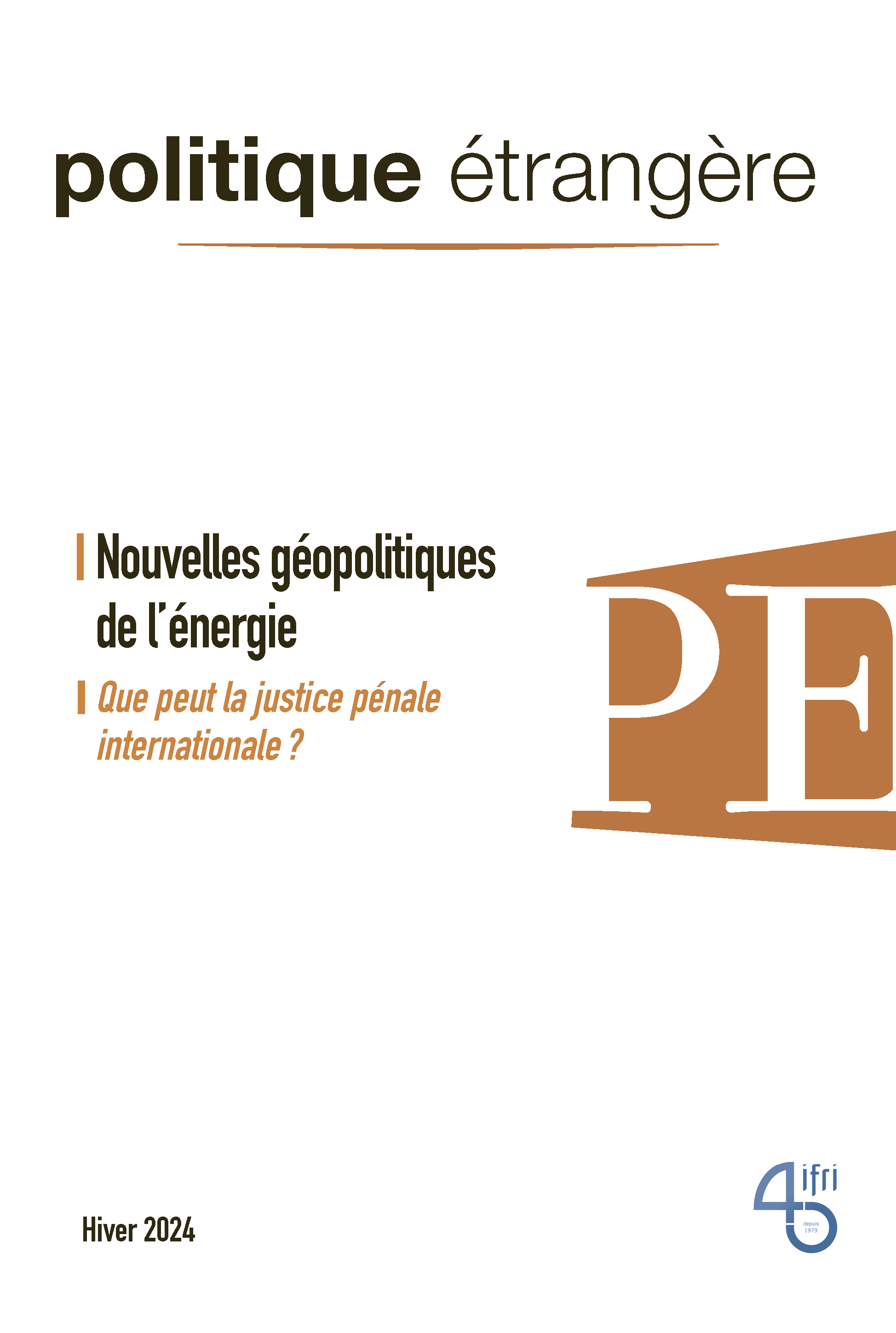
The New Geopolitics of Energy
Following the dramatic floods in Valencia, and as COP29 opens in Baku, climate change is forcing us to closely reexamine the pace—and the stumbling blocks—of the energy transition.


